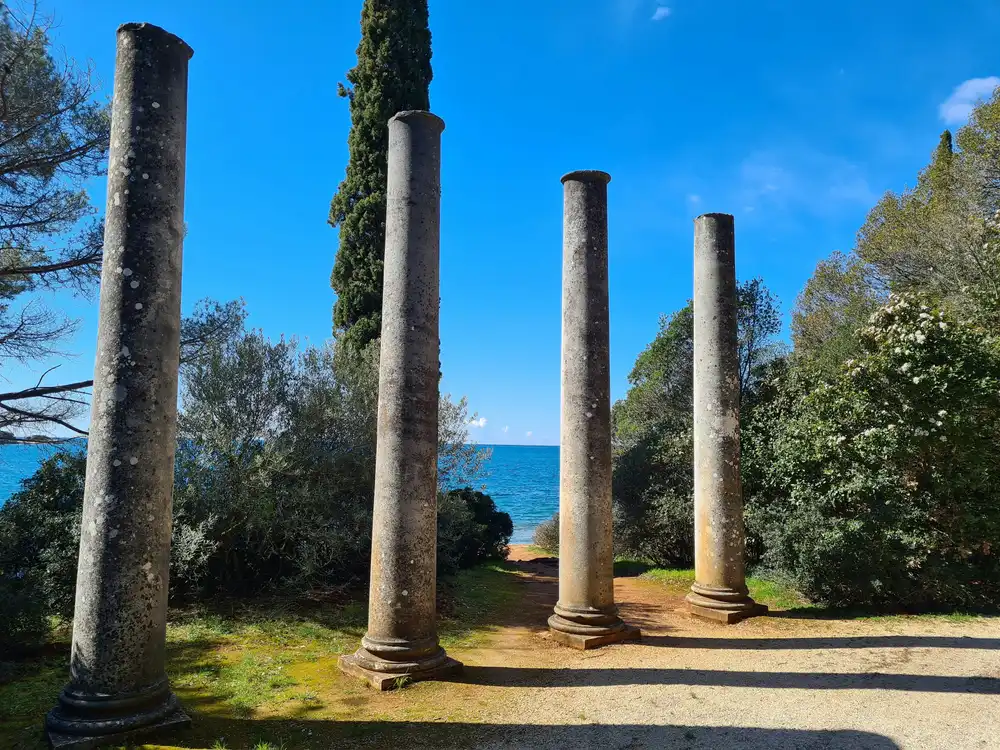Let’s face it: modern tourism can sometimes feel a little… homogenized. Everywhere you go, you see the same shops, the same restaurants, the same activities. But what about the *real* culture, the traditions that have been passed down through generations? The Adriatic coast is bursting with unique games, festivals, and entertainment that offer a glimpse into the soul of the region. So, are you ready to ditch the tourist traps and experience the Adriatic like a true insider? Then let’s embark on this cultural adventure!
Step 1: Setting the Stage: The Adriatic’s Historical Entertainment Landscape
For centuries, life along the Adriatic coast has been shaped by the sea, the land, and the interactions between different cultures. Traditional games and entertainment reflect these influences, offering a fascinating window into the region’s history and values. Knowing the backdrop sets the tone for everything!
Key Influences:
- Maritime Traditions: Sea racing, fishing competitions, and shipbuilding festivals.
- Agricultural Heritage: Harvest festivals, folk dances, and traditional music.
- Cultural Exchange: Games and traditions influenced by Venetian, Roman, and Ottoman cultures.
Step 2: Sea Racing Spectacles: Thrills on the Water
Given its long coastline and maritime history, it’s no surprise that sea racing has always been a popular form of entertainment in the Adriatic. From small fishing boats to elaborate sailboats, these races showcase the skill, courage, and competitive spirit of the local seafarers. Feel the wind in your hair as you imagine those past races!
Examples of Traditional Sea Races:
- Regatta: A series of boat races, often held annually in coastal towns.
- Gondola Races (Venice, Italy): A unique spectacle featuring gondoliers racing through the canals.
- Fishing Boat Races: A celebration of the fishing tradition, with local fishermen competing in their boats.
Step 3: Strategic Card Tournaments: Mind Games by the Sea
Card games have been a popular pastime along the Adriatic coast for centuries, providing a source of entertainment, social interaction, and (sometimes) a little bit of gambling. Traditional card tournaments offer a chance for skilled players to compete for bragging rights and prizes. Think of these as the original e-sports!
Popular Card Games:
- Briscola (Italy): A trick-taking card game with a long history in Italy.
- Tresette (Italy): Another popular Italian card game, known for its fast-paced gameplay.
- Preference (Montenegro): It’s not exclusive to Montenegro, but it’s also enjoyed by other countries in the region. It’s a trick taking game.
Step 4: Gambling Through the Ages: A Risky Business
Gambling has been a part of Adriatic culture for centuries, often intertwined with card games, dice games, and other forms of entertainment. While gambling can be a source of excitement and social interaction, it’s important to remember that it can also be risky, with the potential for financial loss and addiction. Just as fire can be good and bad, gambling carries its own risks.
Historical Gambling Practices:
- Dice Games: Popular in ancient Roman times and still played today.
- Card Games: Often involved wagering and high stakes.
- Lotteries: Used to fund public projects and raise revenue.
Step 5: Adriatic Folk Dances and Festivals: a Community Affair
The traditional cultural element is perhaps best displayed in local folk dances and festivals. Here are a few points on that:
- Kolo: A traditional folk dance performed in various countries in the Adriatic region, often accompanied by music and singing.
- Moreška: A sword dance with a long tradition that takes place on the island of Korčula (Croatia). It involves two groups facing one another in a battle display.
- Carnivals: Many coastal towns host elaborate carnivals with parades, costumes, and music.
Adding Responsible Gambling
Casinos have expanded all around the Adriatic region. Remember to always have fun when placing your wagers. So, be sure to take all necessary precautions when you do gamble and know when it’s time to stop.
The Adriatic Cultural Formula:
Total Cultural Satisfaction = (Entertainment + History + Gambling) / Responsible Behaviors
Questions & Answers
- Question: Are traditional Adriatic games and entertainment still popular today?Answer: While some traditional games and entertainment have declined in popularity, many are still enjoyed by locals and tourists alike. Efforts are being made to preserve and promote these cultural traditions.
- Question: Where can I experience traditional Adriatic games and entertainment?Answer: You can often find traditional games and entertainment at local festivals, cultural events, and in some taverns and cafes.
- Question: What are some other forms of traditional Adriatic entertainment?Answer: Other forms of traditional Adriatic entertainment include folk music, storytelling, and religious processions.
- Question: Is gambling legal in all Adriatic countries?Answer: Gambling laws vary in different Adriatic countries. Some countries have legalized casinos and other forms of gambling, while others have stricter regulations.
- Question: How can I learn more about Adriatic culture?Answer: You can learn more about Adriatic culture by visiting local museums, attending cultural events, talking to locals, and reading books and articles about the region.
Conclusion: Embrace the Adriatic Spirit!
The Adriatic coast is more than just a pretty picture; it’s a region with a rich and vibrant cultural heritage. By exploring its traditional games, entertainment, and history, you can gain a deeper appreciation for the spirit of the Adriatic and create memories that will last a lifetime. So, step off the beaten path, embrace the local traditions, and prepare to be enchanted by the soul of the Adriatic!

